Beginning in the 20th century, the global shortage of rubber became a significant concern for large industrial giants. Then American companies like Dupont artificially invent a fabric called neoprene to meet the demand for rubber. Neoprene fabric is a synthetic rubber-like fabric. That is often used to make weight suits, as described in Mode's Fabric Dictionary. Hence the alternative name of it is scuba knit.
Due to its many properties, such as stain resistance and general durability, neoprene has become increasingly popular as an ingredient for wear and use on land as well as at sea. It is a very useful fabric for fashion, fun, and functionality. Therefore, the uses of this modern fabric are varied. Continue reading to learn more about neoprene fabric.
Table Of Contents
What is Neoprene fabric?
Neoprene fabric is a component of the family of synthetic rubber that is made by chloroprene polymerization. An artificial form of rubber is known as neoprene. It was created in the 1930s by the American Dupont Corporation in an effort to address the rubber shortage.
Neoprene fabrics have higher oil or lubricant resistance than rubber. More elastic than spandex. That helps to withstand extreme temperatures. Designed as water-resistant, this material serves as a great alternative to wetsuits. There are various ingredients used to make neoprene fabric to ensure warmth and comfort.
Neoprene Properties:
|
Name of the Fabric |
Properties |
|
Fabric Family |
Synthetic Rubber |
|
Fabric structure |
Synthetic chloroprene |
|
Breathability |
None |
|
Heat retention abilities |
High |
|
Stretchability (give) |
High |
|
Prone to pilling |
Medium |
|
Tensile failure stress, ultimate |
500-3000 PSI |
|
Density |
Around 1.23 g/cm3 |
|
1st manufacturer Country |
USA |
|
Biggest exporting country |
USA |
|
Recommended washing temperatures |
Cold or warm - don’t exceed 80° C |
What is Neoprene Fabric Made of?
Neoprene is a substance that is made from the radical polymerization of chloroprene that belongs to the petrochemical group. Chloroprene is made by a method named free-radical emulsion polymerization. This process converts natural chloroprene to synthetic polychloroprene. These two substances are very similar molecularly. But they have very different properties.
What is neoprene fabric used for? Applications

Neoprene fabric is used in wetsuits, swimsuits, sportswear, sports bras, electronics cases, industrial equipment, and so on. There are numerous applications for Neoprene, as well as many other uses derived from clothing, accessories, sports, and industrial products. Here are some application areas of Neoprene:
Apparel Applications:
One of the uses of Neoprene is to make a variety of garments. This substance is used in summer women's clothing and other clothing. Moreover, it is used in various fashionable dresses, which are very glamorous.
Industrial Applications:
It’s commonly used to produce industrial machines, which require gaskets or other neoprene products. Since it is resistant to neoprene oil, lubricant solvents, and heat, it is suitable for seals, gaskets, and more. Gaskets are a common component in making various types of machinery.
Military Applications:

Dupont Corporation has been the largest military contractor of the US government. They have come up with a lot of use of Neoprene for military forces, from jackets to wetsuits. This material is conducted in military jackets, particular types of shoes, and many other types of equipment.
Sporting Applications:
Since being Neoprene fabric waterproof and also durable, it keeps a variety of heat and dries even when completely submerged. Due to its stable properties, it can be used for applications such as landfill lining and corrosion-resistant coatings.
Accessories Applications:
Neoprene is commonly used in a lot of electronics accessories. Although this plastic does not absorb shocks particularly well. It provides a minimal buffer that protects the electronics from scratches and minor leaks. The lining of this material is also added to laptops and iPads for extra protection.
In addition to these, there are many other uses of Neoprene. For example, the flexible, stretch-resistant, and water-resistant properties of Neoprene make it especially useful for patient care in treatment.
Conclusion:
Neoprene is an all-star fabric that is used for a variety of purposes. Its properties make it a perfect choice for clothing and accessories. Neoprene offers lots of great benefits, and it is relatively easy to hang once. Ready to try sewing with Neoprene? To get started, try your hand at the Vanda dress-free sewing pattern.





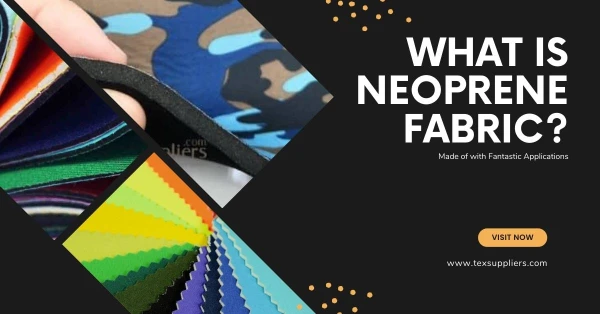
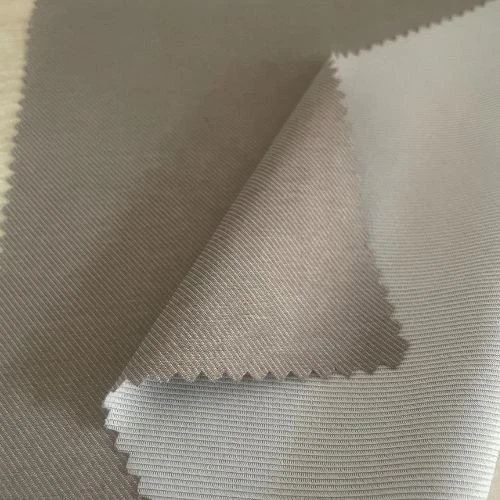
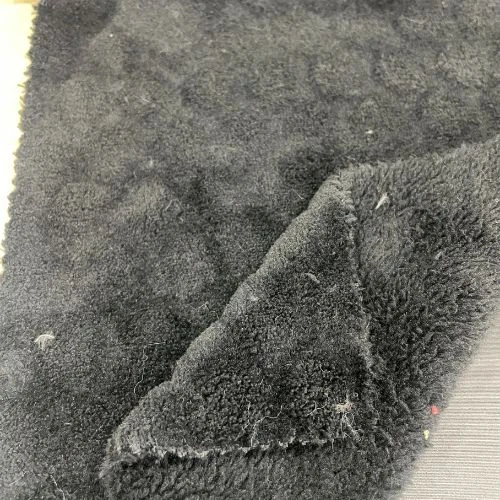
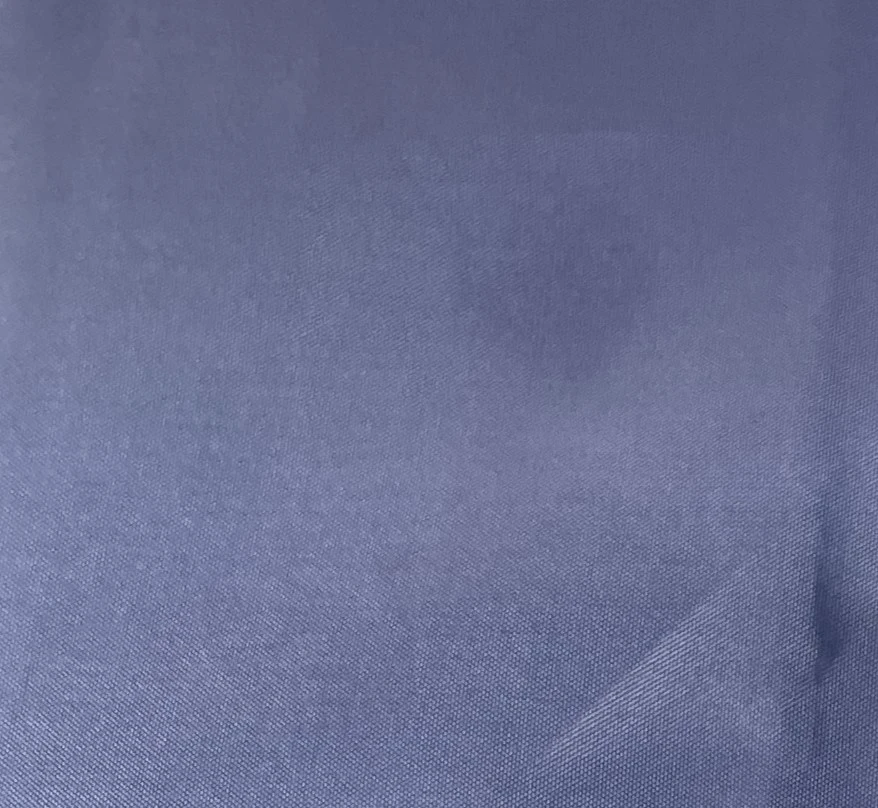
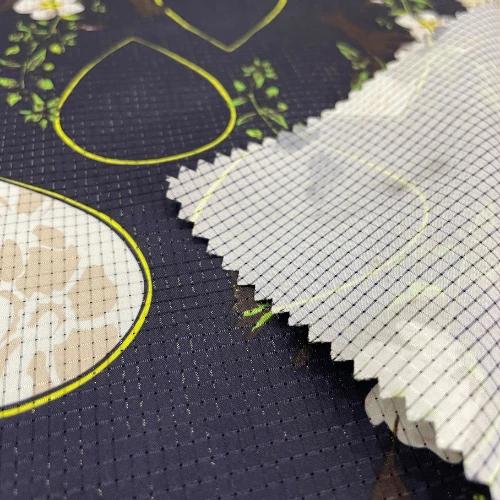
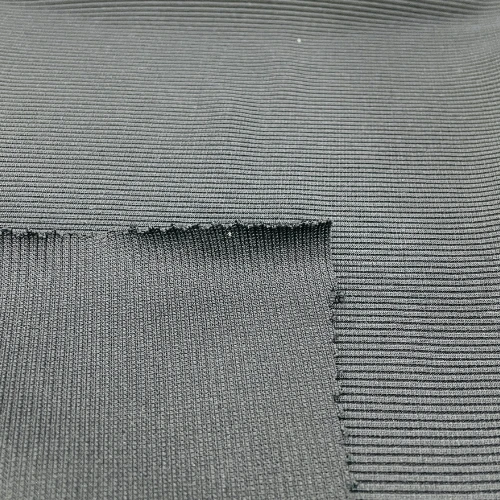
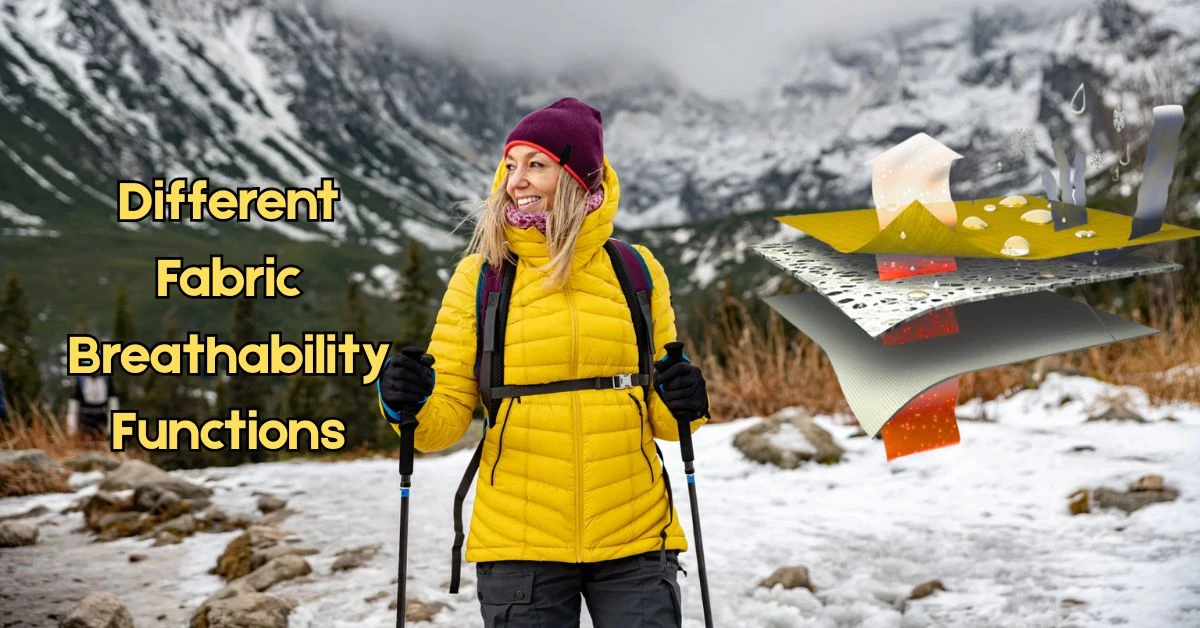
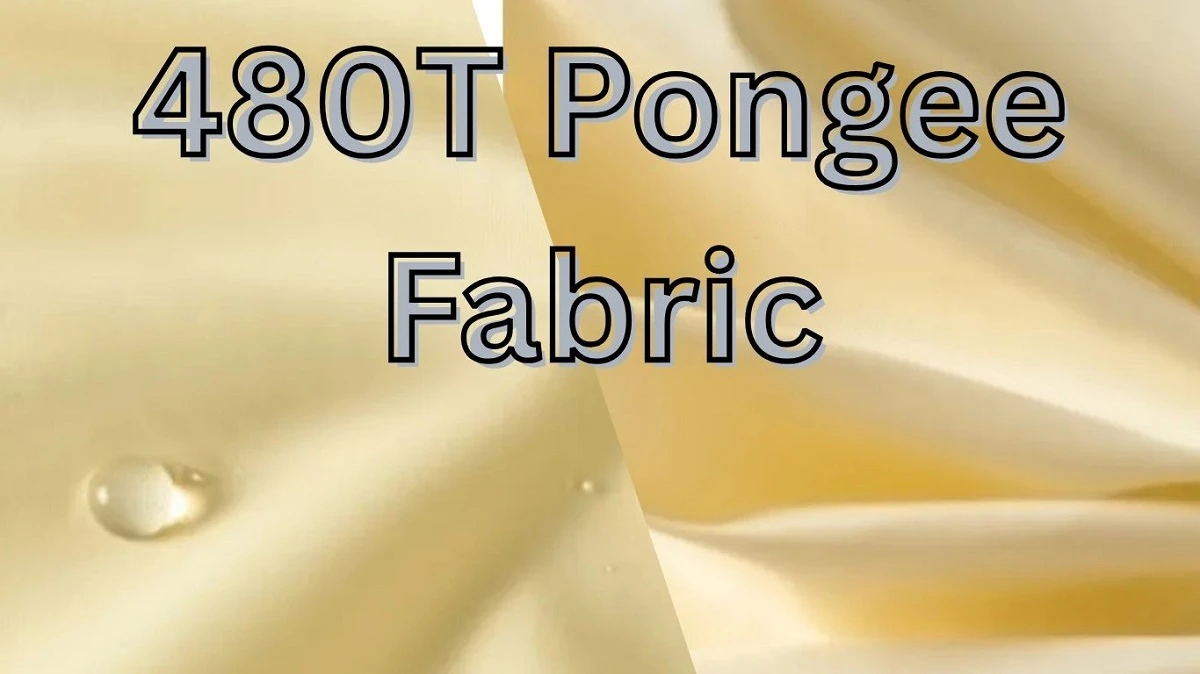
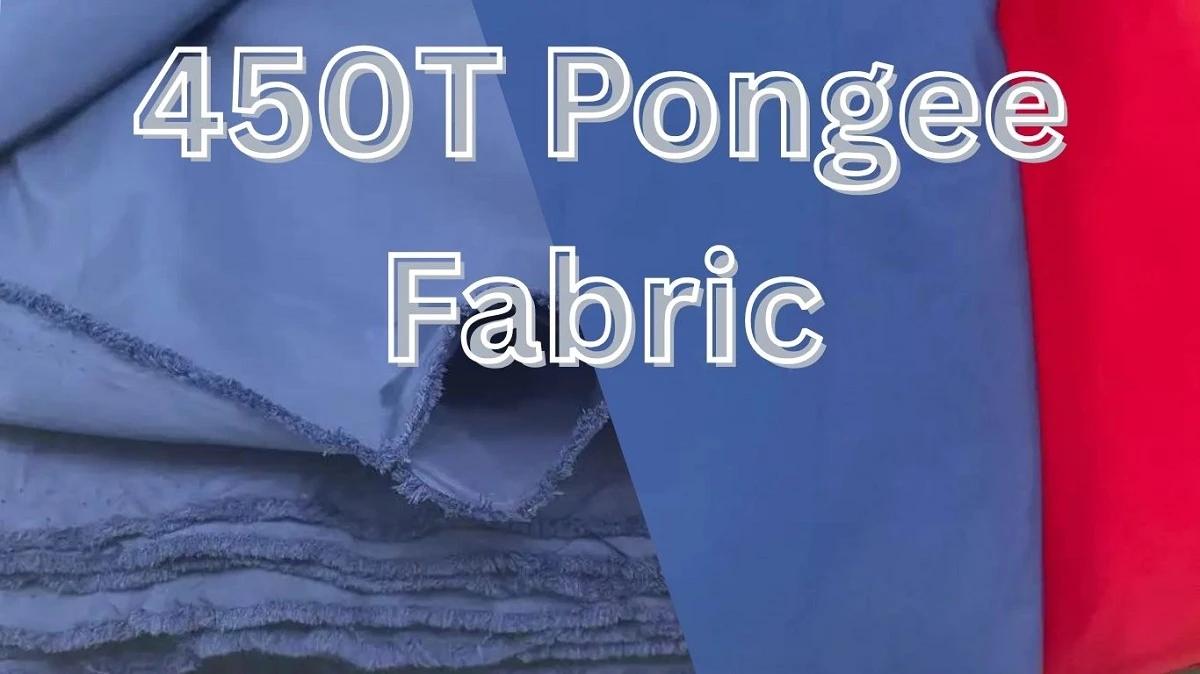
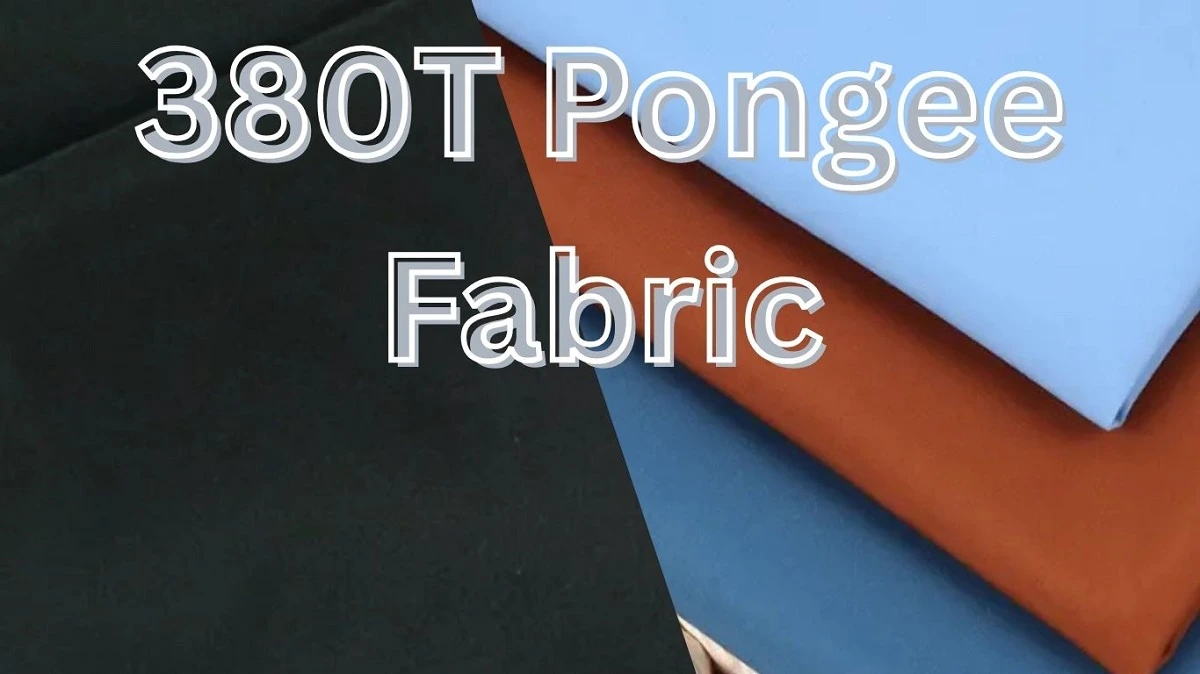
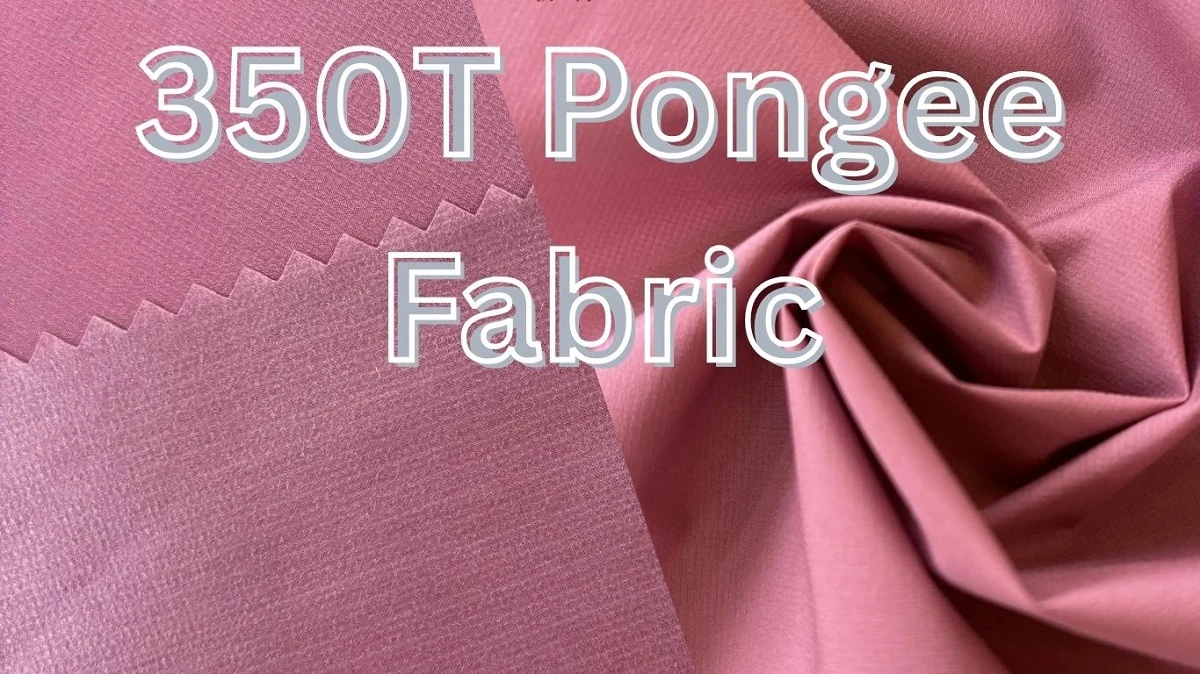
Comments - 00
Leave A Reply
Thanks for choosing to leave a comment.